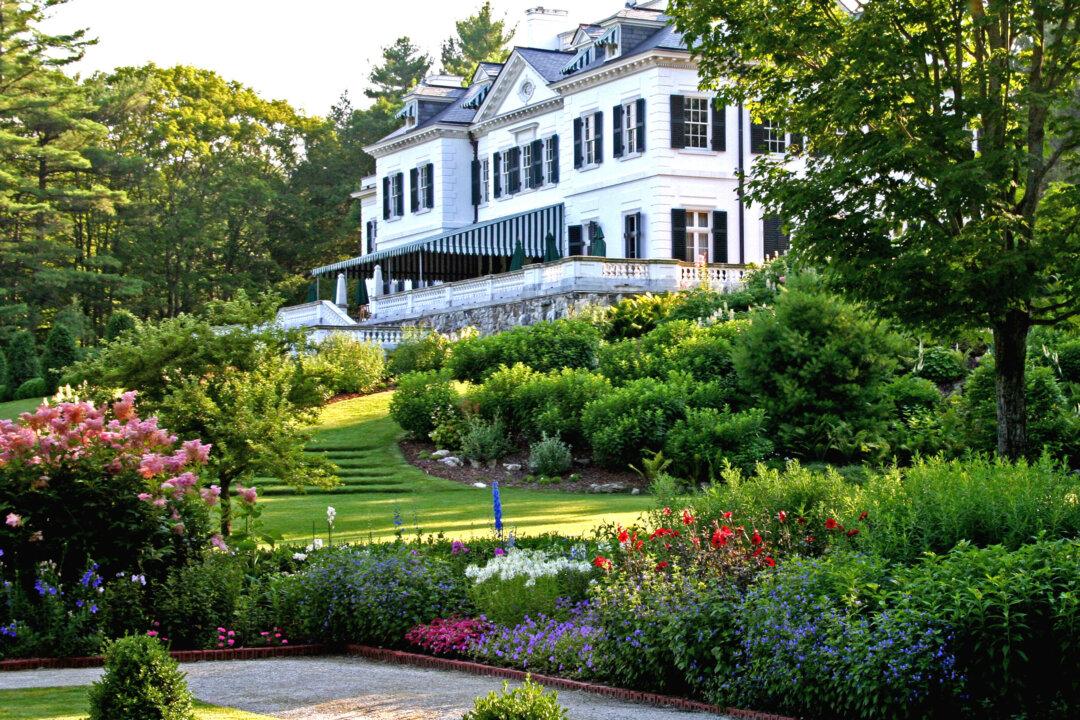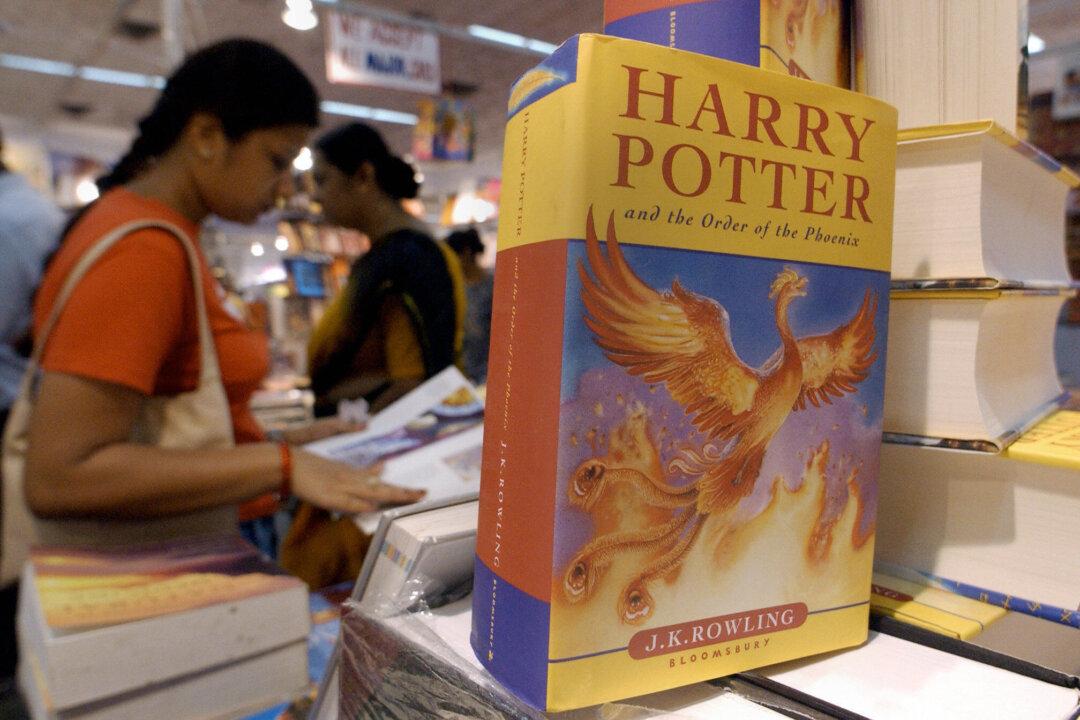Commentary
It was my great pleasure to visit the home of the great American novelist and cultural philosopher Edith Wharton (1862-1937) in Lenox, Massachusetts. She designed it and lived it in for some her most productive and tumultuous years, before moving to Europe and remaining there. This was her estate during a period of growing estrangement from her class background (New York “society,” as the upper class was then called) but also of personal prosperity.





